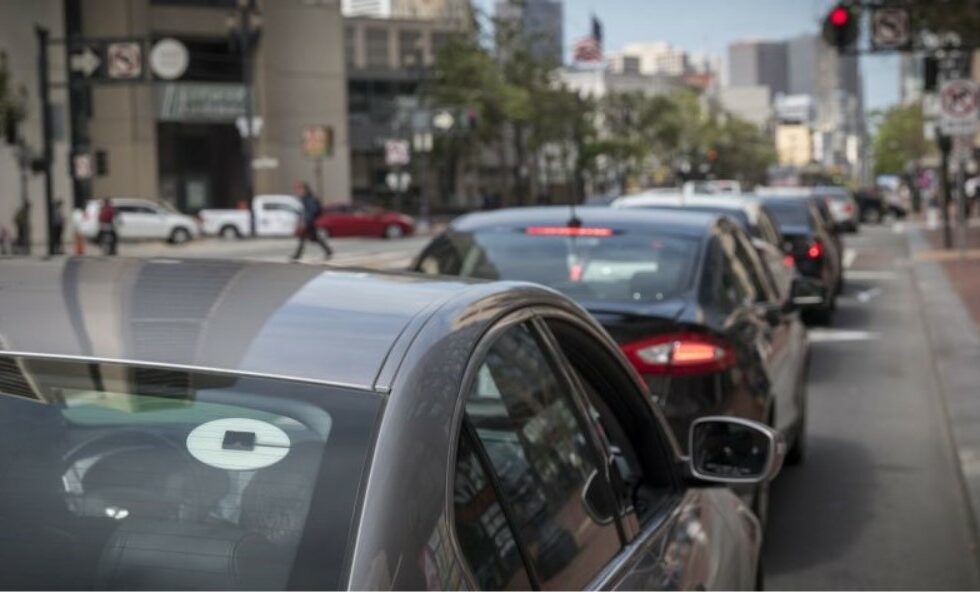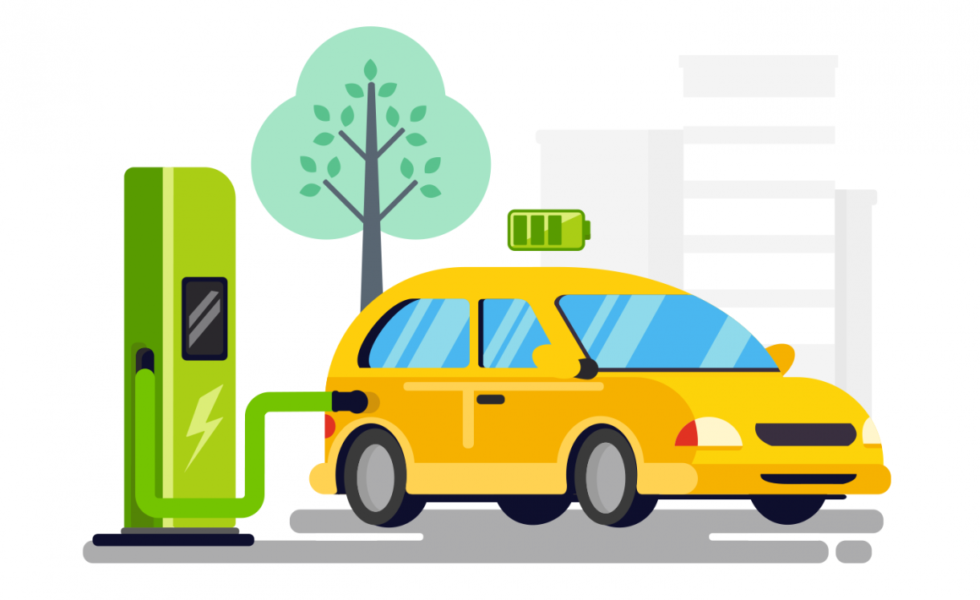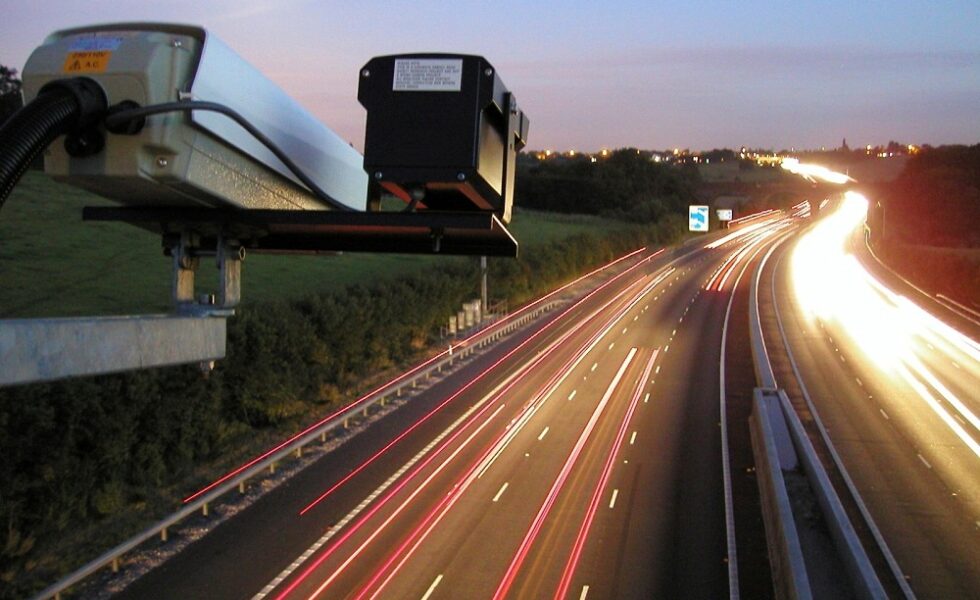Modeling and Optimizing Ridesourcing Services in Connected and Automated Cities
This research aims to develop modeling and analysis methods to capture the key behaviors and intersections of the major players when integrating ridesourcing with transit.










